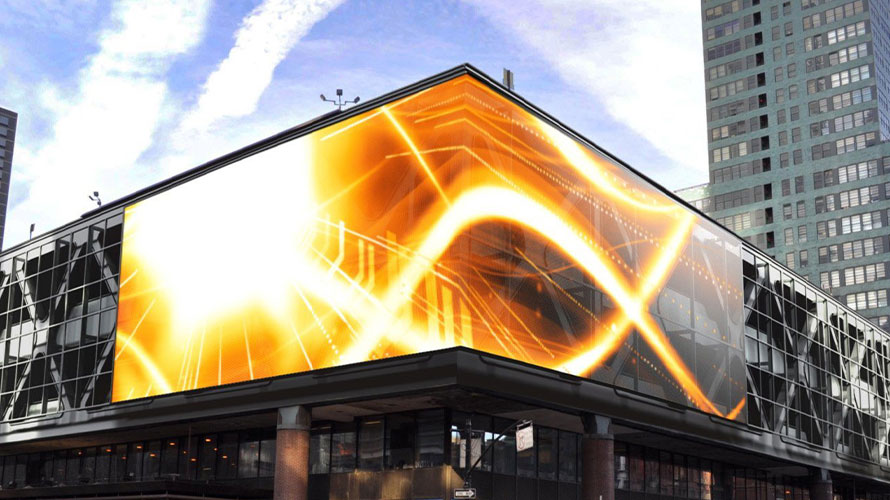Efficient Tactics for Overcoming Temperature Challenges in Light Emitting Diode Wall Screens
Wiki Article
Light Emitting Diode panel panels are increasingly common for various applications, such as advertising, events, and digital screens. Nevertheless, overheating is a significant issue that can impact their functionality and lifespan. When LED panels overheat, they may decrease in brightness, hue shift, or even fail completely. Grasping the reasons and implementing efficient methods to manage heat can assist maintain the ideal function of LED wall screens. This article will explore several strategies to address excess heat issues related with these devices.
One powerful approach for preventing overheating in LED panel screens is guaranteeing adequate ventilation. It is crucial to place these panels in environments where air circulation is sufficient. This can be achieved by positioning the screens in a properly aired area or using fans to enhance airflow around the devices. Additionally, if the screens are mounted in a confined space, creating gaps or implementing air ducts can help release heat more effectively. Maintaining a cooler ambient temperature is crucial, as it directly impacts the function and lifespan of LED panel screens.
Another way to combat excess heat is through the application of heat control substances. These substances can help take in, disperse, or deflect heat away from the LED elements. Heat sinks are commonly view website used in many digital units, such as LED screens. These metallic components draw heat away from the LED diodes, allowing them to function at a more secure heat level. Additionally, heat-conducting compound or films can be utilized to enhance heat conduction between the LED chips and the heat sinks, further enhancing their chilling efficiency.

Regular care and oversight of LED panel screens also play a vital part in preventing overheating. Dust and debris can accumulate on the faces of these screens, blocking ventilation and holding heat. Consistent tidying, using suitable tools, will ensure the panels free from blockages. Furthermore, monitoring the temperature of the panels can help identify overheating issues before they become severe. Using temperature sensors can provide valuable data, enabling users to take remedial action if the panels begin to exceed secure functioning heat levels.
The implementation of cutting-edge techniques can also help tackle excess heat issues in LED panel panels. Many contemporary LED panels come equipped with built-in heat control systems. These systems can instinctively modify the luminosity of the screen based on the heat level, lowering heat production when needed. Additionally, software solutions can monitor the functionality of the panels and provide alerts if overheating is detected. Using these tools can considerably improve the durability and dependability of LED wall panels.
In conclusion, managing overheating in LED panel screens is essential for guaranteeing their functionality and durability. Applying methods such as ensuring proper airflow, using thermal control substances, performing routine maintenance, and utilizing advanced technology can help mitigate excess heat issues. By implementing these proactive steps, users can enjoy the full advantages of LED wall screens while reducing the risk of heat-related problems. This method not only improves the performance of the panels but also contributes to a more eco-friendly and effective application of devices in various applications.